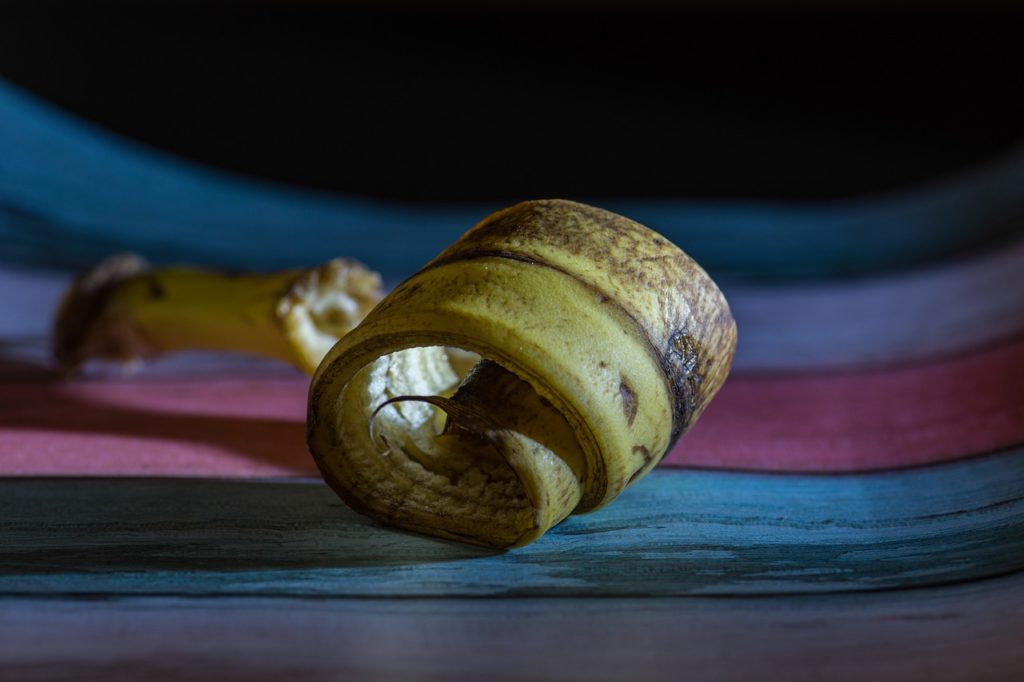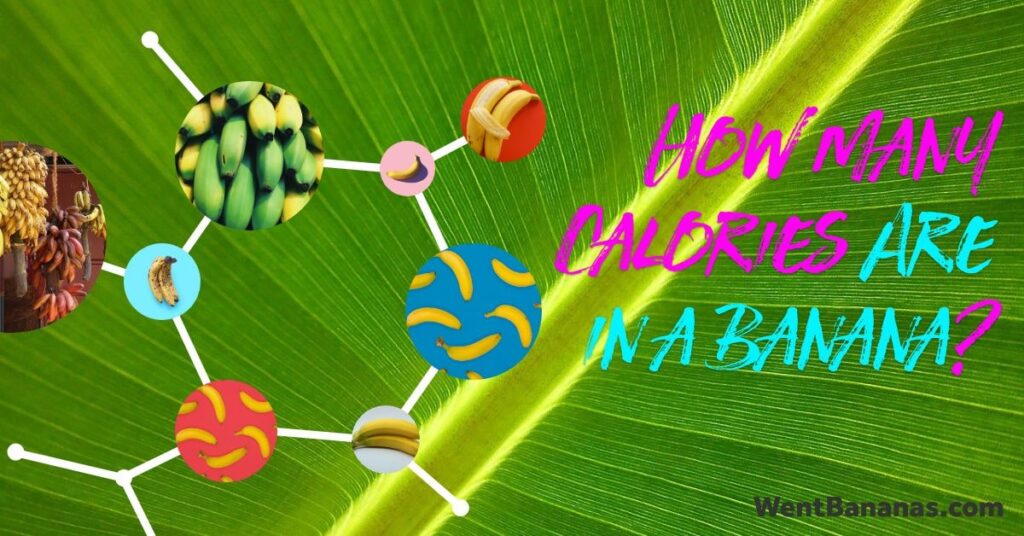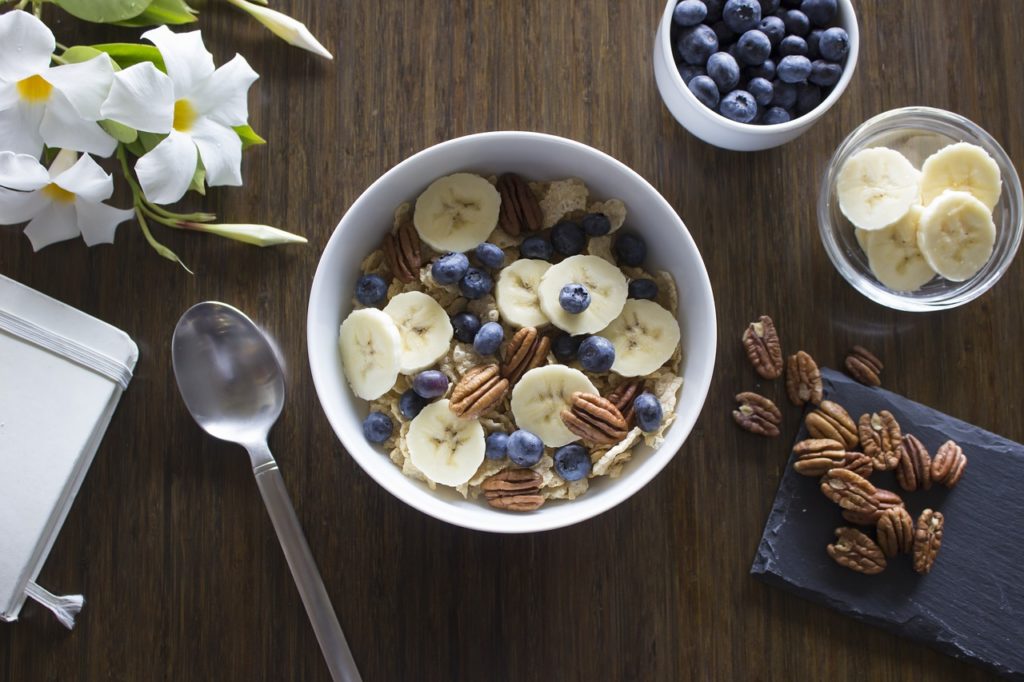Bananas vs Platanos: Exploring the Similarities and Differences of these Popular Fruits
Bananas and platanos are two very similar yet distinct fruits, and for those looking to learn more about these tasty treats, you’ve come to the right place.

In this article, we will dive into what exactly a banana and a platano are, explore the similarities and differences between the two, compare their nutritional value, and examine how each is used in cooking and cultural traditions.
If you’ve ever wondered about the differences between bananas and platanos, or are simply curious to learn more about these popular fruits, keep reading!
What is a banana and what is a plantain?

Bananas and plantains, also known as platanos, are both members of the Musaceae family. However, despite their similar appearance and origin, there are distinct differences between the two.
Bananas are typically eaten raw and have a sweeter taste than plantains. They are also smaller in size and have a softer texture. Plantains, on the other hand, require cooking before they can be consumed. They tend to have a less sweet taste than bananas and are much larger in size with a firmer texture.
Additionally, bananas contain higher levels of sugar while plantains contain more starches which makes them a good source of carbohydrates for energy.
Both fruits offer unique nutritional benefits such as high levels of fiber, vitamins B6 and C along with potassium. However due to their different properties they can be used in varying ways such as baking banana bread or frying plantain chips.
Understanding these differences between bananas and plantains can help us better appreciate their individual characteristics while enriching our knowledge about these delicious fruits!
What are the similarities and differences between bananas and plantains?
While bananas and plantains (platanos) may look similar on the surface, there are several key differences between the two.
Firstly, bananas are typically eaten raw and are sweet in taste, while plantains are usually cooked before eating and have a starchy flavor. Additionally, bananas tend to be smaller and more delicate than plantains which can grow up to twice the size of a banana.
Another major difference lies in their nutritional content. Bananas contain high amounts of vitamin C and potassium, while plantains have higher levels of vitamin A and dietary fiber.
Despite these differences, both fruits belong to the same family – Musaceae – which includes over 70 different species worldwide. This family is known for its large herbaceous plants with long leaves that grow close to the ground.
Overall, while they share some similarities in appearance, taste and texture; it’s important for people looking to learn more about bananas or platanos (plantains) to understand their distinct characteristics as well as cultural significance around the world.
The nutritional value of bananas compared to plantains.

Bananas and platanos are both delicious fruits with distinct nutritional profiles. While they may look similar, these fruits have differences in their nutrient content that can impact your overall health.
Bananas are rich in fiber, vitamin C, and potassium. These nutrients play a crucial role in maintaining a healthy digestive system, boosting immunity, regulating blood pressure, and reducing the risk of chronic diseases. Bananas also contain antioxidants that protect cells from damage caused by free radicals.
On the other hand, platanos have more starch than bananas and are a good source of complex carbohydrates. They also contain higher amounts of vitamin A and iron compared to bananas. Vitamin A is essential for vision health while iron helps carry oxygen throughout the body.
Both fruits can be incorporated into a balanced diet for optimal nutrition. However, if you’re looking for a quick energy boost or need to regulate blood pressure levels, bananas may be the better option due to their high potassium content. On the other hand, if you’re looking to increase your daily intake of vitamin A or iron, platanos may be more suitable.
Overall, whether you prefer bananas or platanos ultimately depends on your individual dietary needs and preferences. It’s important to consume a variety of fruits and vegetables as part of a well-balanced diet to ensure you’re getting all the necessary nutrients for optimal health.
How are bananas and plantains used in cooking and cultural traditions?
Bananas and plantains, also known as platanos, are versatile ingredients that have been a staple in many cultures for centuries. From sweet desserts to savory dishes, these fruits can be used in a variety of ways in cooking.

In some countries like the Philippines and India, ripe bananas are mashed and mixed with sugar to make traditional sweets like banana fritters or banana halwa. In Latin American cuisine, plantains are often fried or baked into tostones or maduros respectively, which are served as side dishes with meat or fish.
Beyond their culinary uses, bananas and plantains also hold cultural significance in many traditions. In Hindu mythology, Lord Vishnu is said to reside on a banana leaf while sleeping during the cosmic dissolution of the universe. And during the Chinese New Year celebrations, it is customary to eat bananas for good luck because they symbolize wealth and prosperity.
But there’s more – did you know that banana peels can be used for cleaning? They contain potassium which acts as a natural cleaner when rubbed on surfaces like leather shoes or silverware. And if you’re feeling adventurous, you can even use them as an ingredient in smoothies!
In conclusion, bananas and plantains aren’t just delicious fruits – they’re also important ingredients in cultural traditions around the world. Whether you’re using them for cooking or cleaning purposes (or both!), these versatile fruits offer endless possibilities for exploration and enjoyment.
Check out our other articles to find out even more about banana.
Bananas and platanos are two unique fruits that have a lot of similarities, but also many differences. It’s important to understand the nutritional value, cultural significance and cooking applications for each one in order to make informed decisions about which fruit best fits your needs. If you’re looking to learn even more about bananas, be sure check out our other articles!
















